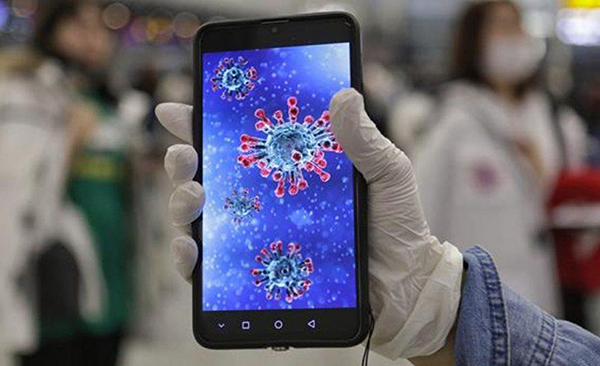L'Autorità Garante della Concorrenza e del Mercato, in data 26 luglio, ha autorizzato con condizioni…
Considerations on the ethical risks of COVID-19 apps

There is a lot of talk about apps to deal with the pandemic. Some of the best solutions use the Bluetooth connection of mobile phones to determine the contact between people and therefore the probability of contagion.
In theory, it’s simple. In practice, it is a minefield of ethical problems, not only technical ones. To understand them, it is useful to distinguish between the validation and the verification of a system.
The validation of a system answers the question: “are we building the right system?”. The answer is no if the app
- is illegal;
- is unnecessary, for example, there are better solutions;
- is a disproportionate solution to the problem, for example, there are only a few cases in the country;
- goes beyond the purpose for which it was designed, for example, it is used to discriminate people;
- continues to be used even after the end of the emergency.
Assuming the app passes the validation stage, then it needs to be verified.
The verification of a system answers the question: “are we building the system in the right way?”. Here too the difficulties are considerable. I have become increasingly aware of them as I collaborate with two national projects about a coronavirus app, as an advisor on their ethical implications.
For once, the difficult problem is not privacy. Of course, it is trivially true that there are and there might always be privacy issues. The point is that, in this case, they can be made much less pressing than other issues. However, once (or if you prefer, even if) privacy is taken care of, other difficulties appear to remain intractable. A Bluetooth-based app can use anonymous data, recorded only in the mobile phone, used exclusively to send alerts in case of the contact with people infected. It is not easy but it is feasible, as demonstrated by the approach adopted by the Pan-European Privacy Preserving Proximity Tracing initiative (PEPP-PT). The apparently intractable problems are the effectiveness and fairness of the app.
To be effective, an app must be adopted by many people. In Britain, I was told that it would be useless if used by less than 20% of the population. According to the PEPP-PT, real effectiveness seems to be reached around the threshold of 60% of the whole population. This means that in Italy, for example, the app should be consistently and correctly used by something between 11m to 33m people, out of a population of 55m. Consider that in 2019 Facebook Messenger was used by 23m Italians. Even the often-mentioned app TraceTogether has been downloaded by an insufficient number of people in Singapore.
Given that it is unlikely that the app will be adopted so extensively just voluntarily, out of social responsibility, and that governments are reluctant to impose it as mandatory (and rightly so, for it would be unfair, see below), it is clear that it will be necessary to encourage its use, but this only shifts the problem. Because the wrong incentives – for example, to use the app as a kind of passport, to allow users back to work or have privileged access to some services – have at least two drawbacks:
- they tempt one to play the system or cheat, for example, by leaving the phone in the drawer, if a “clean” record is required to be able to have access to some services, or provide the wrong kind of self-assessment if appearing to be at risk guarantees an earlier medical treatment;
- they are unfair if only those who have the app have access to some services. As an example, consider that, according to the latest DESI report of the EU Commission, only 44 % of Italians between 16 and 74 years have basic digital skills. And not everybody has or can afford a mobile phone equipped with Bluetooth.
Therefore the incentives must be independent of the use of the app, that is, they should not be endogenous (what is offered by the app), they should be exogenous (what is offered for the app).
A typical exogenous incentive mechanism is a lottery. Installing and running the app may be like buying a lottery ticket and periodical prizes could be given to “app tickets”, in order to gamify the process and incentive people to get as many “tickets” (apps downloaded and activated) as possible. Those tempted to “game the system” – e.g. by having people near them adopting the app to have “more tickets” – would actually be reinforcing the trend, ensuring a more widespread adoption of the app. And a lottery-mechanism could avoid unfair discriminations in terms of advantages or other kinds of facilitation.
However, even if some kind of lottery-based incentive mechanism were adopted and were to work (and it may not, or not sufficiently), the problem is hardly solved, because the best incentives may not be enough to cope with the unfair nature of the solution (see 2 above). The app works much better the more it is widespread, and is most widespread where there is more digital literacy and ownership of mobile phones equipped with Bluetooth. Therefore, there is a very concrete risk of privileging the already privileged, and their residential areas. The digital divide may become a biological divide. It may be objected that a small percentage of people adopting the app is better than nothing. I strongly doubt it, given that such a small percentage tends to live together in the same areas. It will be great, but only for them, and useless for all the others.








